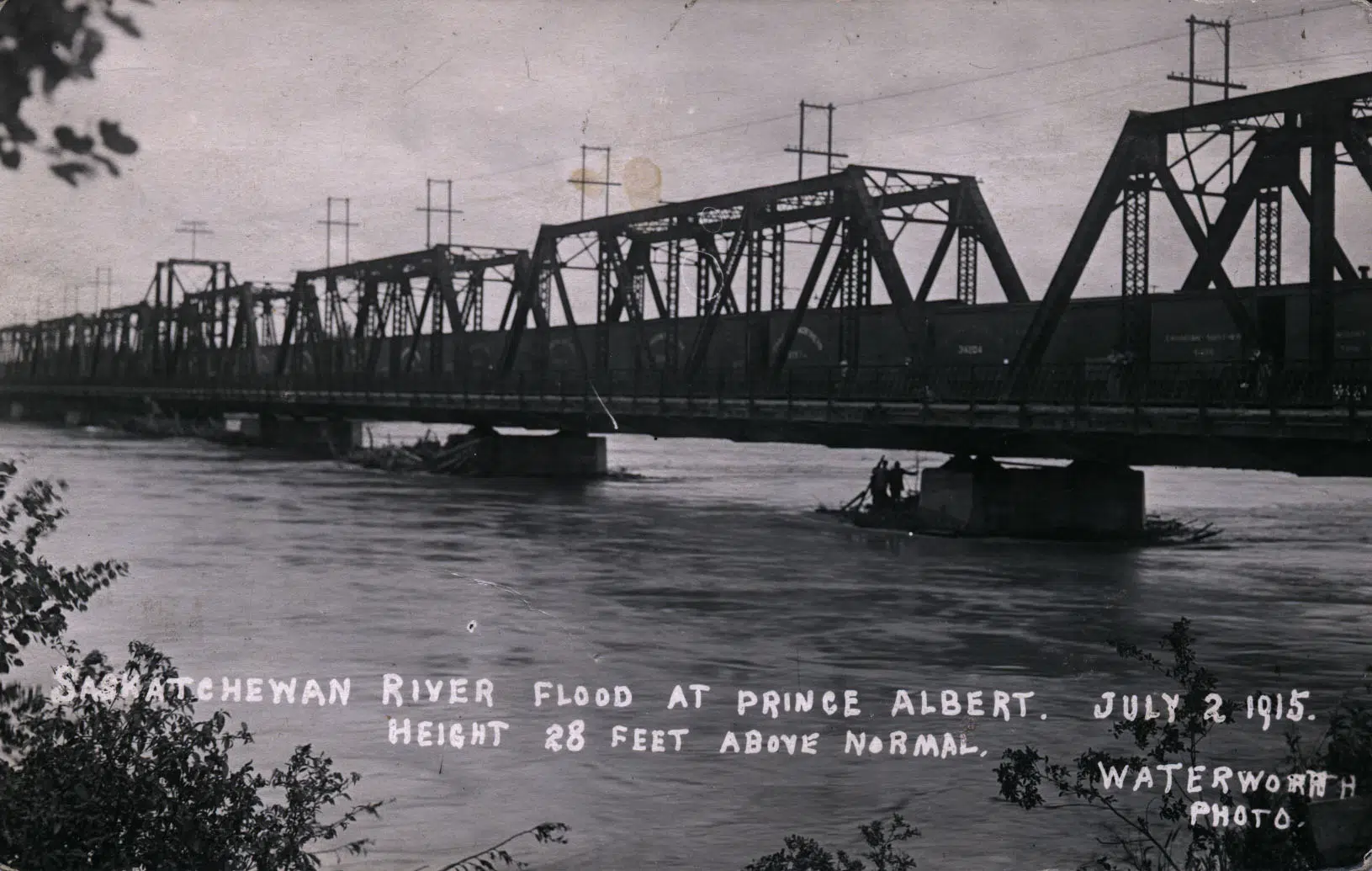
Prince Albert Big Floods – A History
With all the talk of high water and flooding, I thought it was time to bring into memory one of Prince Albert’s big floods. This article was written by Phyllis Carlson, a volunteer with the Historical Society. It was printed first in a June 2007 issue of the Rural Roots. These stories and many others like it can be found in the Bill Smiley archives at the Historical Museum, or in the book Voice of the People for sale at the museum.
The Prince Albert Historical Society lost all its artifacts, diaries, documents and first nations crafts to fire, when Nisbet Academy burnt to the ground Jan. 1, 1890.
In 1923, a group of businessmen reorganized the historical society. They asked old-timers to write their memories. Two of them told of the great flood of 1875.
Margaret MacKenzie, daughter of William Hiller of Miller's Hill, told of an ice jam in the river causing it to overflow its banks.


